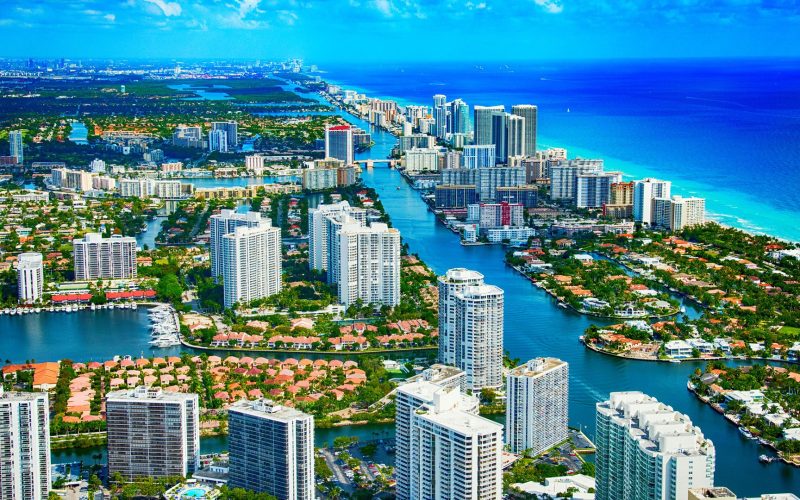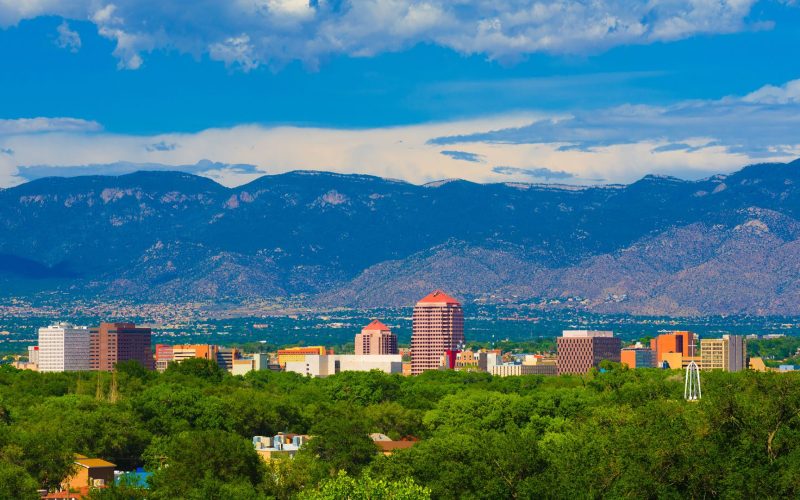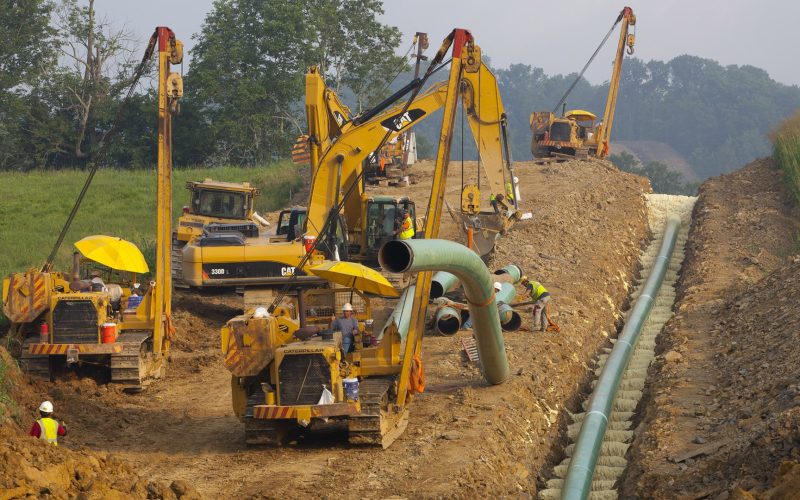THE VOICE FOR THE ENERGY CONSUMER

Tallahassee, FL – Consumer Energy Alliance (CEA), the leading voice for sensible energy policies for families and businesses, released its Florida Emissions Analysis, which found that emissions declined by 93%.

CEA’s Kaitlin Schmidtke examines how Gulf Coast energy is essential to Alabama’s economic recovery. For instance, studies conducted by the National Renewable Energy Laboratory (NREL) indicate that wind energy may.

With more than 250,000 Wisconsinites depending on propane for home heating and thousands of farmers dependent on propane for frying crops, it is essential our energy infrastructure continues to deliver.

CEA Mid-Atlantic Director Mike Butler examines the important role pipelines play in transporting the essential energy resources New Jersey needs to jump-start the state’s economy and keep energy bills low.

CEA Midwest Executive Director Chris Ventura looks at the innovation happening in our energy and manufacturing industries which have caused improvements in environmental quality while providing family-sustaining wages for Ohioans..

If you use TikTok or WeChat, it’s been a contentious week as President Donald Trump has threatened to ban the companies from operating in the U.S. by executive order in.

CEA’s Matt Gonzales looks at how New Mexico’s traditional energy resources are able to complement the proposed construction of new wind energy resources across the state. If ever there was.

WASHINGTON, D.C. – Yesterday, the U.S. Senate passed bipartisan legislation which would reauthorize the nation’s federal pipeline safety regulations and inspections by the Pipeline and Hazardous Materials Safety Administration (PHMSA).

Baton Rouge, LA – Consumer Energy Alliance (CEA), the leading voice for sensible energy policies for families and businesses, released its Louisiana Emissions Analysis, which found that emissions declined by.

Washington, D.C. – Consumer Energy Alliance (CEA), the leading voice for sensible energy and environmental policies for families and businesses, expressed support for a ruling from the U.S. Court of.